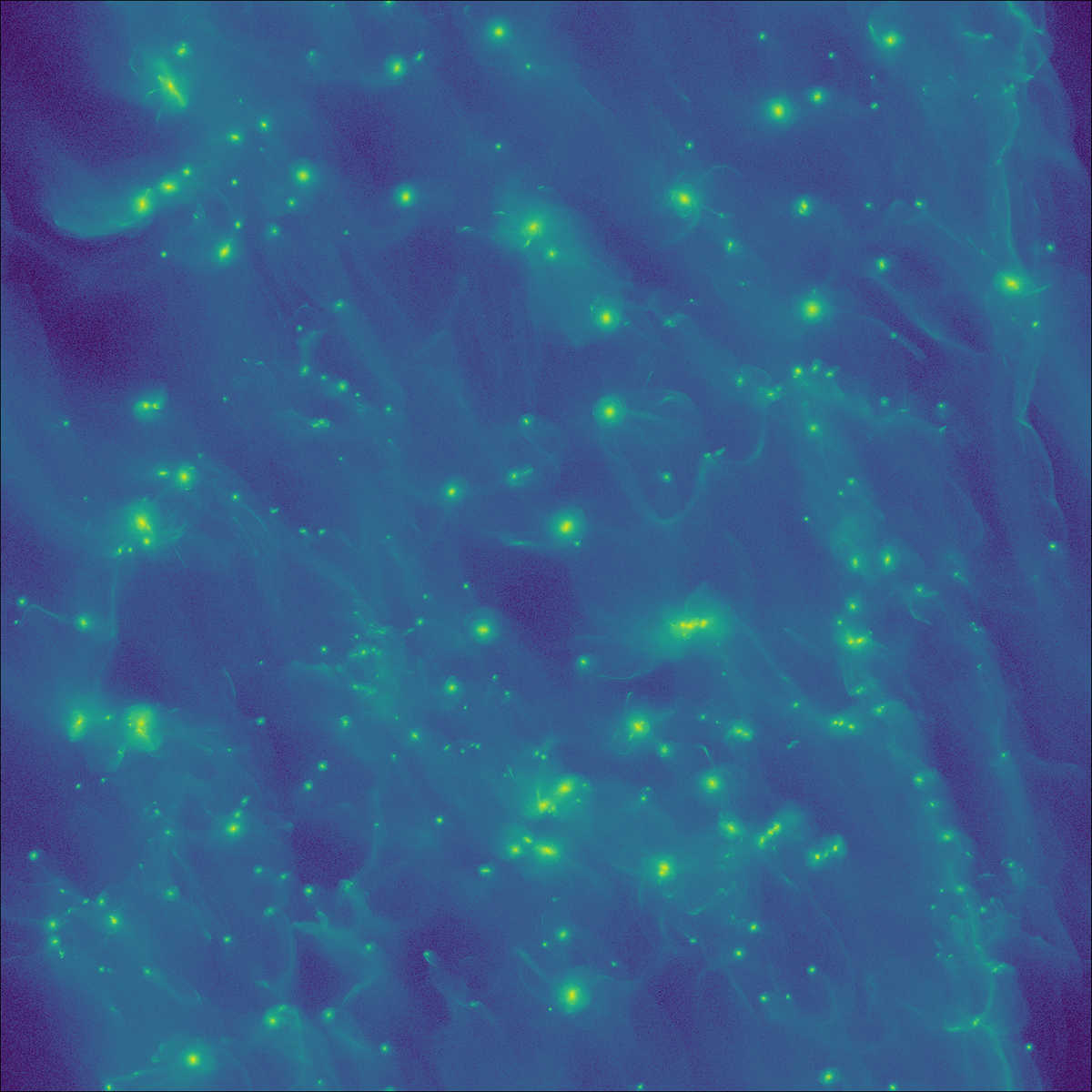Southwest Research Institute | 2019 Jun 25
Kuiper Belt Object Orientations Support Streaming Instability Hypothesis
A Southwest Research Institute-led team studied the orientation of distant solar system bodies to bolster the “streaming instability” theory of planet formation. ...
During the initial stages of planet growth, dust grains gently collide and chemically stick to produce larger particles. However, as grains grow larger, collisions likely become more violent and destructive. Scientists have struggled to understand how planetary growth passes the ‘meter-size barrier.’
The streaming instability theory posits that as large dust grains interact with the gas that orbits young stars, streaming mechanisms cause grains to clump into dense regions and collapse under their own gravity to form planetesimals.
The team studied objects beyond Neptune that orbit each other as binary pairs in the Kuiper Belt. Unlike comets flung by Jupiter or asteroids bombarded by collisions and radiation, the distant Kuiper Belt has not been disturbed much since it formed, so these primordial objects provide hints about the early solar system. If a pair orbits in the same direction as the planets orbit, it’s considered heads-up. It’s tails-up if it orbits in the opposite direction.
Using the Hubble Space Telescope and the Keck Observatory in Hawaii, the team found that most binaries, about 80%, orbit heads-up, which astronomers call “prograde.” This finding contradicted the theory that binaries form when two passing planetesimals are captured into a binary. That theory predicts mostly tails-up or “retrograde” orbits.
To test whether the streaming instability could explain these Kuiper Belt binaries, the team analyzed simulations on large supercomputers. They found that the dense clumps formed by the streaming instability rotated heads-up 80% of the time, in agreement with the Kuiper Belt objects. ...
Trans-Neptunian Binaries as Evidence for Planetesimal Formation by the Streaming Instability ~ David Nesvorný et al
- Nature Astronomy (online 24 Jun 2019) DOI: 10.1038/s41550-019-0806-z
